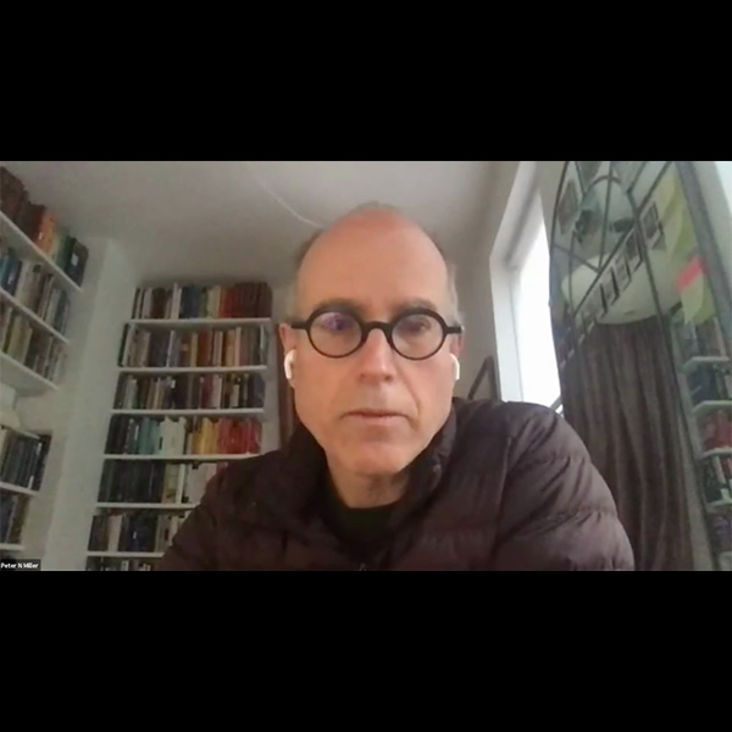
In June, Drs. Bergdoll and Vignon joined BGC Dean Peter N. Miller, via Zoom video conference, for a conversation as part of the “Three Questions” series. An edited transcript follows. Visit bgc.bard.edu/three-questions to watch the complete video of the conversation.
Miller: Thank you both very much for joining us. A simple question to start: How would you describe the contribution of the BGC to scholarship on decorative arts, design history, material culture? I’m thinking of the exhibitions, the alumni who’ve gone off to work in museums and in academia and the various publications of the institution.
Vignon: I think the strength of the institution and the biggest impact was actually to put the subject on the map—to have one institution, with a master’s and PhD program, that focused exclusively on the study and history of decorative arts and design.
Bergdoll: As a historian, I’m always a little bit nervous about trying to write a history of the immediate past, and particularly something that I participated in. But it seems to me that the BGC both rode a wave very early and therefore had an impact on that wave. What I see is a very productive blurring of the boundaries between art historical studies and historical studies, between different disciplines within humanities and social sciences that had tended to look at the same objects from very different points of view. And this also troubles the lines between different artistic practices. Inevitably, this gave legitimacy to the study of what used to be called the “minor arts” or “the useful arts,” tags that were meant somehow to put the practices that the BGC looks at in a different category from the fine arts.
Continue reading here.
Watch the full interview here.
Bard Graduate Center’s board of trustees serves as an advisory body, providing direction, strategy, and support to help us fulfill our mission. We are fortunate to count a number of distinguished scholars and curators among our trustees, including Barry Bergdoll and Charlotte Vignon. Dr. Bergdoll is the Meyer Schapiro Professor of Art History and Archaeology at Columbia University, where he focuses on modern architectural history, with particular emphasis on France and Germany since 1750. He previously served as Philip Johnson Chief Curator at the Museum of Modern Art. Dr. Vignon is the director of Musée Nationale de Céramique at Sèvres. Previously the curator of decorative arts at the Frick Collection, as well as a visiting associate professor at Bard Graduate Center, she is the author of Duveen Brothers and the Market for Decorative Arts, 1880–1940.












